A Month in Siena 10/16/2023
Baedeker's United States
by K. Baedeker & J.F. Muirhead
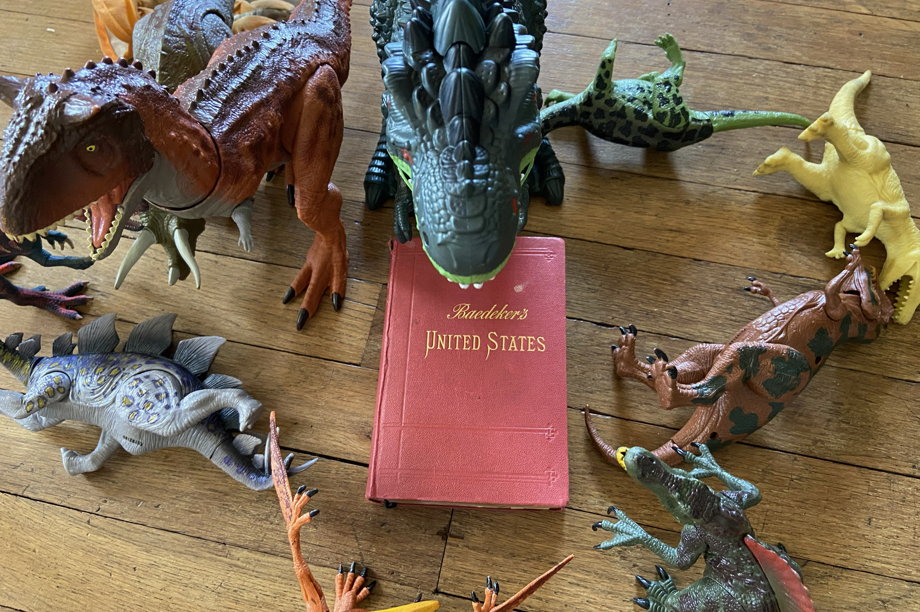
Review: Baedeker's United States (1904), by Karl Baedeker and J.F. Muirhead. Arrangement by Francis Tann. April 2021.
Reading time: 3 minutes
Return to Blog Home
April 5th, 2021 at 11:09am
Please consider disabling your ad blocker, it disrupts site functions in addition to blocking ads. Thank you!
I didn't know where to start.
The German bookseller Karl Baedeker wrote travel guides in the late 1820s, and started publishing his famous Baedeker Guides in the 1850s. The last was published in the 1970s.
Background on this series is here.
Baedeker thought his books should contain all the information a tourist might want—history, transportation schedules, hours of operation, exchange rates, maps, etc.
The 1904 edition of Baedeker's United States succeeds gloriously in this endeavor, but a 21st century reader might not be interested in the results. This one wasn't. In fact, The United States was one of the most frustrating pieces of travel writing I'd ever read.
Until a faint light came on.
To the 21st century eye, the guide provides an remarkable amount of unnecessary information.
A few basics
Some quick observations about the guide:
- The cover. The red cover and gold letters are eye-catching.
- Minuscule font. The font is small, and sometimes the size changes from paragraph to paragraph.
- Lots of maps. The book contains twenty-five foldout color maps, rendered extremely brittle by the 117 years which have passed since publication.

The text is small. |

The California Central Valley and its train lines. |
The Roadblocks
Now, the difficulties.
While Baedeker's United States is a lovely and delicate artifact, it was written at a different time for a different audience—and that creates an off-putting disconnect.
Why is it such an unpleasant read?
Overdone
To the 21st century eye, the guide provides a remarkable amount of unnecessary information, either substantial or trivial.
The introduction starts with basic, if over-explained, descriptions of how hotels, post offices, trains, etc work in the US.
The uncontested "raison de voyager" is architecture. Travelers care about buildings.
These are followed by long, dry passages in chapters entitled, among others, A Short History of American Politics, Constitution and Government of the United States, Physiography of North America, and Educational, Charitable, Penal, and Industrial Institutions.
From one perspective, the 63 pages of academic towel-wringing are understandable. The internet did not exist, and Baedeker wanted all information in one source. And yet...in a travel guide, does anyone really care about the topics above, beyond the most cursory presentation?
I don't see how a traveler would wish to know the salary of a federal Appeals Court judge, the cities where agricultural machinery is manufactured, or the location of the hardest anthracites in the country.
That's just the introduction.
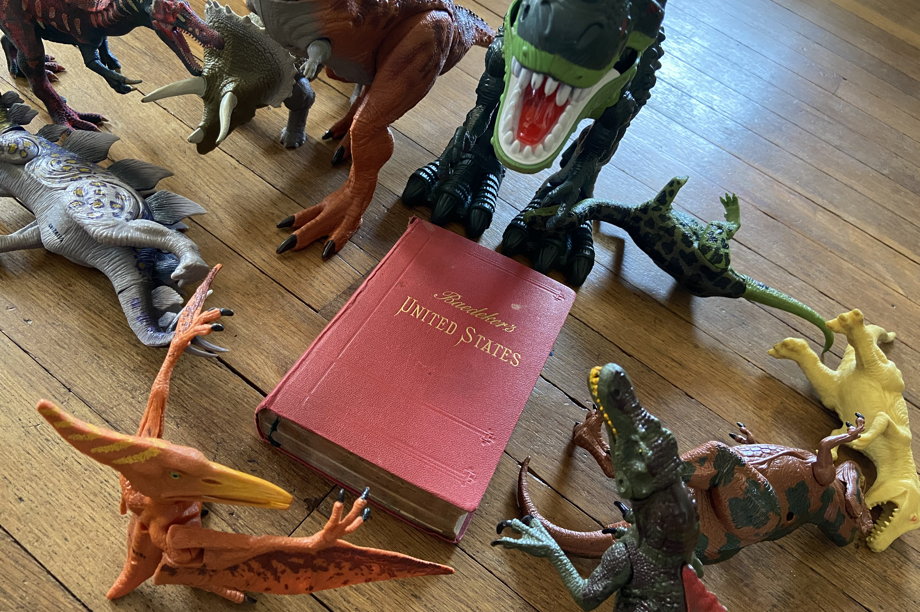
The pteranodon is in control, despite the grabass occurring in the bottom-right corner. |
Or Barely Necessary
I can't find fault with the voluminous listings of train and passenger ship schedules, average hackney fares, locations of post offices, etc, but other information strikes me as...incidental.
- A city's height above sea level
- The size of its manufacturing economy
- How many miles of trolley track or paved road run through it
- The number of people affiliated with every institution or organization in said city
- The name and address of the British consul, and only the British consul
- How various buildings and institutions compare to London
Several of these facts appeal to the rich, especially rich men, who did most of the traveling in 1904. Look at how much we have accomplished, they can say. Observe how our engineers have wrestled nature and won.
Almost 120 years later, we tend to be less sanguine about what engineers can do. Their output is commonplace in modern life. Many of us also know that in the long run, nature always wins. The guide's confidence feels more like hubris.

An thorough, albeit small, map of Washington DC. |
And while the fixation on England demonstrates cultural arrogance (other countries' consulates do, in fact, exist), English was not the lingua franca it is today. A majority of educated Westerners spoke French. An English-language travel guide published in Europe would therefore naturally cater to British readers.
Prepostmodern
Another problem: Baedeker and Muirhead have a tone. They give the impression that there is one way, and only one way, things are done. Whether they present information in a simple or convoluted form, it is Truth. It is All One Needs to Know.
Observe how our engineers have wrestled nature and won.
Schedules and prices do not change. Vocabulary does not change, or vary by region. In fact, Baedeker and Muirhead tell you in detail what words to use when traveling, and how items are defined, from baggage claim (the "baggage master" uses brass or cardboard tags as part of "the check system") to hotels "on the European Plan" or "on the American Plan" (food is either ordered à la carte or paid for each day via mandatory charge).
There is no acknowledgement that information may be missing, overstated, or simply incorrect. In a 650 page book, all three will be present.
Hyper-concentrated
But one troublesome issue stands out above all others. Once we have digested pages of history and facts and explanations, we must slog through a mind-numbing quantity of the uncontested raison de voyager: architecture.

In 1904, tourists spent a lotmore time looking at buildings than we do now. |

The authors provide comprehensive knowledge, free of error or doubt. |
According to Baedeker's United States, travelers care about buildings first, foremost, and forever. This passage is on Philadelphia, but every city in the guide is like this. Even the smallest ones.
At the N.E. corner of Locust and 13th Sts. is the College of Physicians, incorporated in 1787, with a fine medical library. The large hall, in which the Anatomical Museum is displayed, contains a good chimney-piece. (...)
On reaching the bridge at the Schuylkill River we may descend the flight of steps to the right and follow 24th St. to the spacious Baltimore and Ohio Railway Station, which lies on the river, in Chestnut St. Following the latter street towards the E., we pass the Lutheran Church of the Holy Communion, on the right, and the First Unitarian Church and the Swedenborgian Church (cor. 22nd St.) on the left.
It goes on and on in this manner.
Other attractions, except for the largest museums, are an afterthought, if mentioned at all. On most occasions, a single adjective along the lines of fine, adequate, spacious, or impressive offers the only clue as to how one may find a given establishment. On several occasions, "It is said" and its variants provide much unelucidated meaning.
Gina Says:
- I wonder how many of those buildings are still around?
- Maybe back then people were tired of the unknown when they traveled. Maybe they wanted some known.
- It sounds like they didn't want tourists to be overwhelmed.
But Why?
Why the obsession with architecture? At first, I couldn't figure it out.
Other attractions, except for the largest museums, are an afterthought.
Later, my wife and I talked it through, and she concluded these itineraries most likely gave men the opportunity to lead their wives around the city so the latter could window shop and observe—pre-internet, pre glossy magazines—what other women were wearing. Everyone would have their Huh, would you look at that moments and feel as if they understood New York or Indianapolis or Denver.
The idea sounds plausible. Otherwise, someone's going to have to explain to me the painstaking obsession with urban architecture in early 20th century travel literature.
Click here to list the 44 Reviews which have already been published.
Recent Posts
Eyewitness Travel: France 4/24/2023
L'Africain du Groenland 8/2/2022
On the Plain of Snakes 5/17/2022
Volcanoes, Palm Trees, and Privilege 3/22/2022
L'axe du loup 2/28/2022
The Art of Travel 12/31/2021
Postcard: Los Angeles 11/5/2021
Afropean 8/6/2021
Roadrunner 7/22/2021
Popular Tags
Archive
Show moreAbout
Recent Tweets
If you toggle the switch above the words "Recent Tweets" and it still says, "Nothing to see here - yet," it means the idiot who broke Twitter either hasn't gotten around to fixing this feature, or intentionally broke it to get us to pay for it (which is moronic, I can easily live without it and it generated traffic to his site).

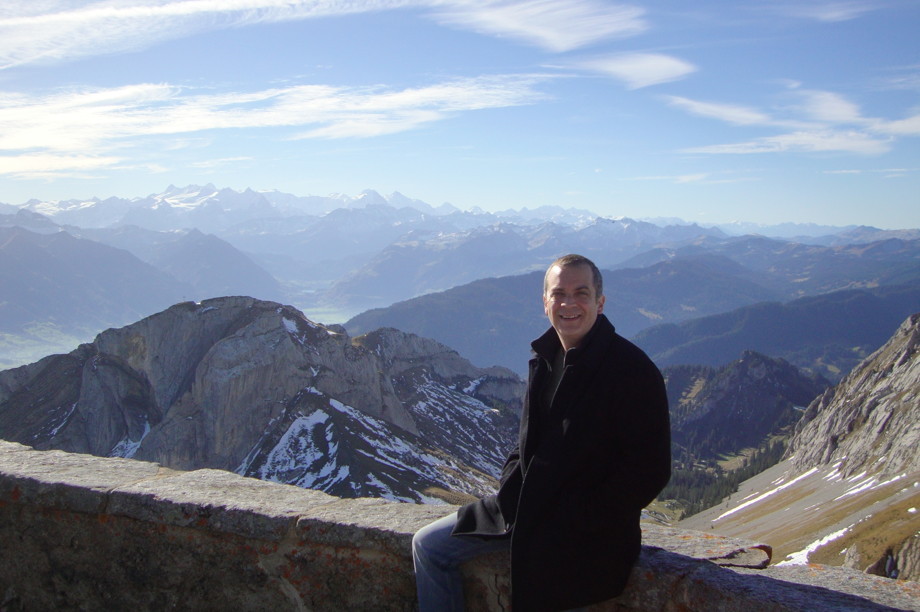
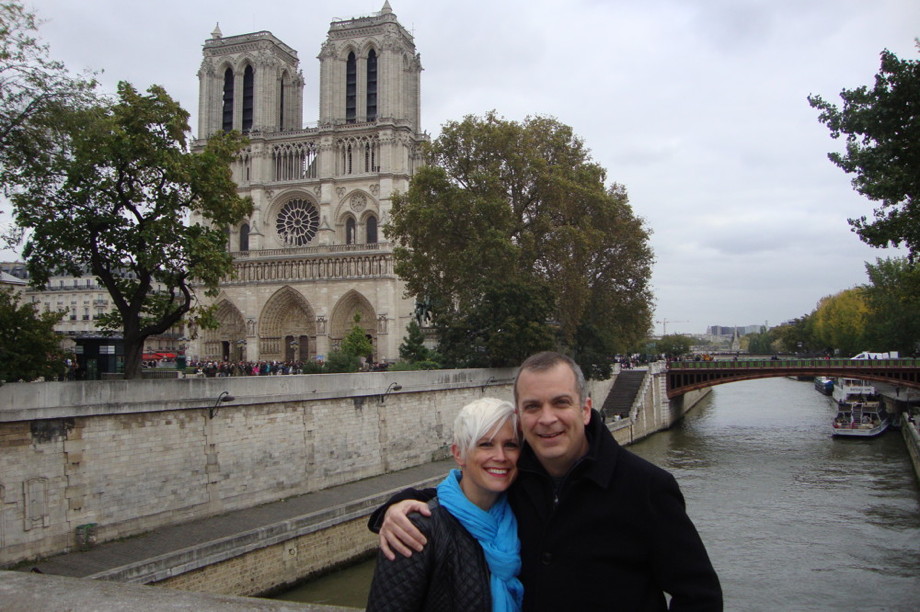



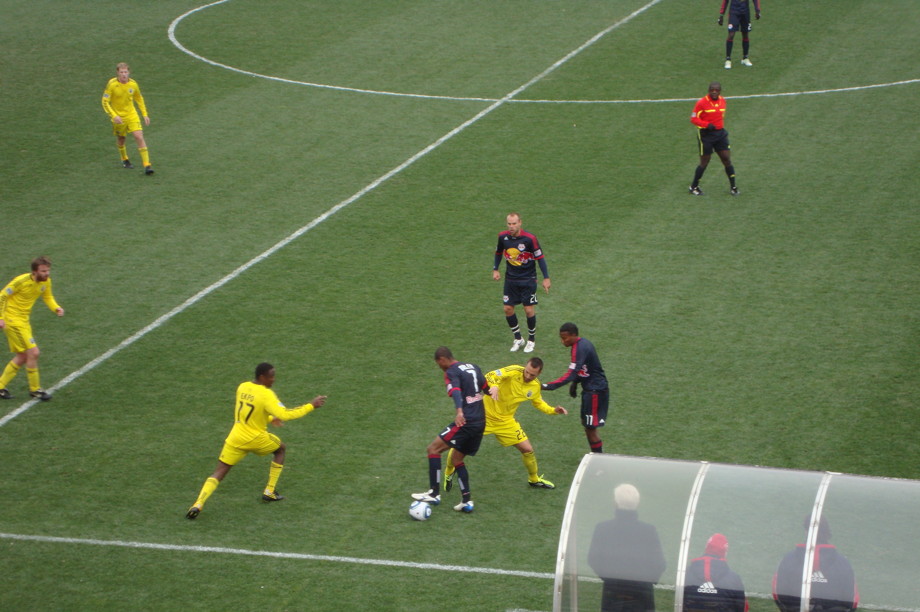


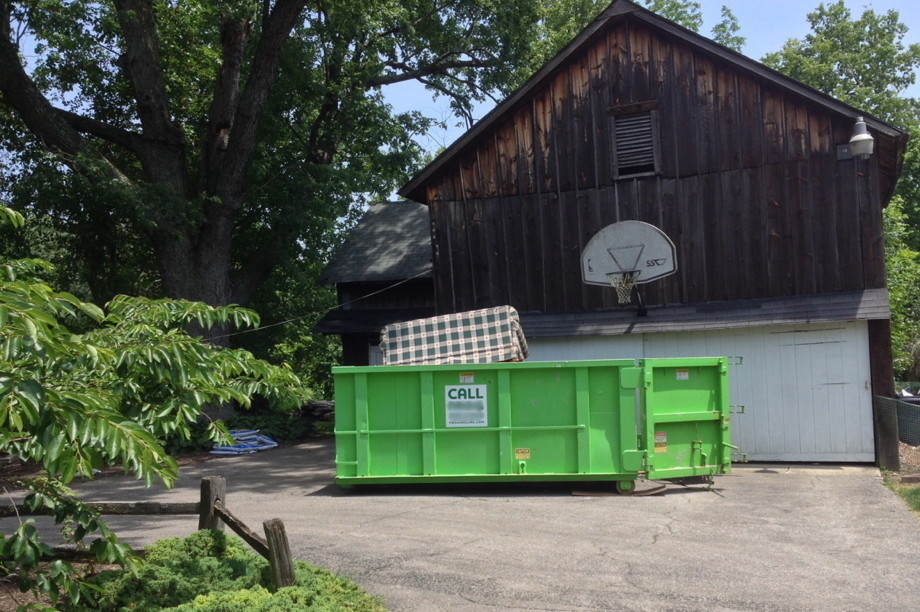

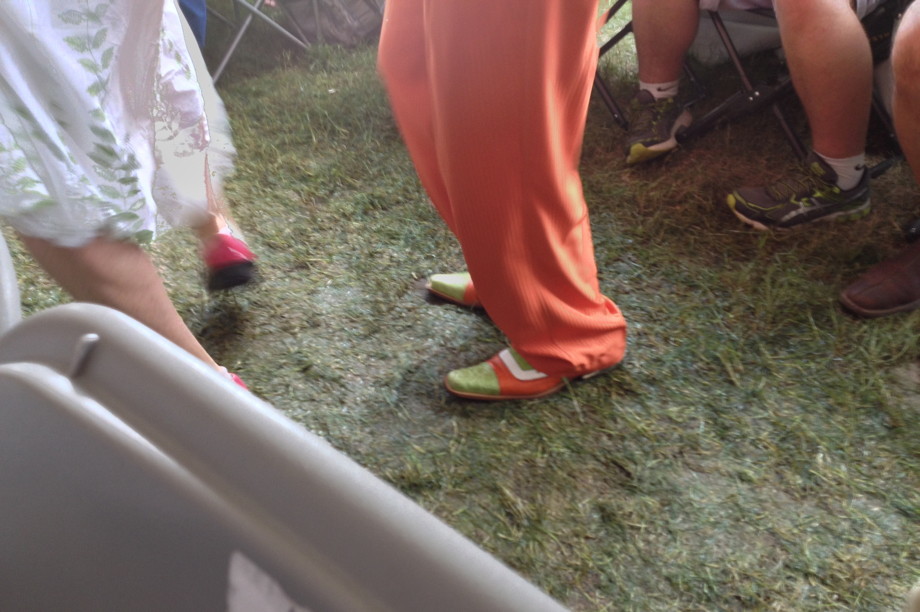
Add a comment
Comments